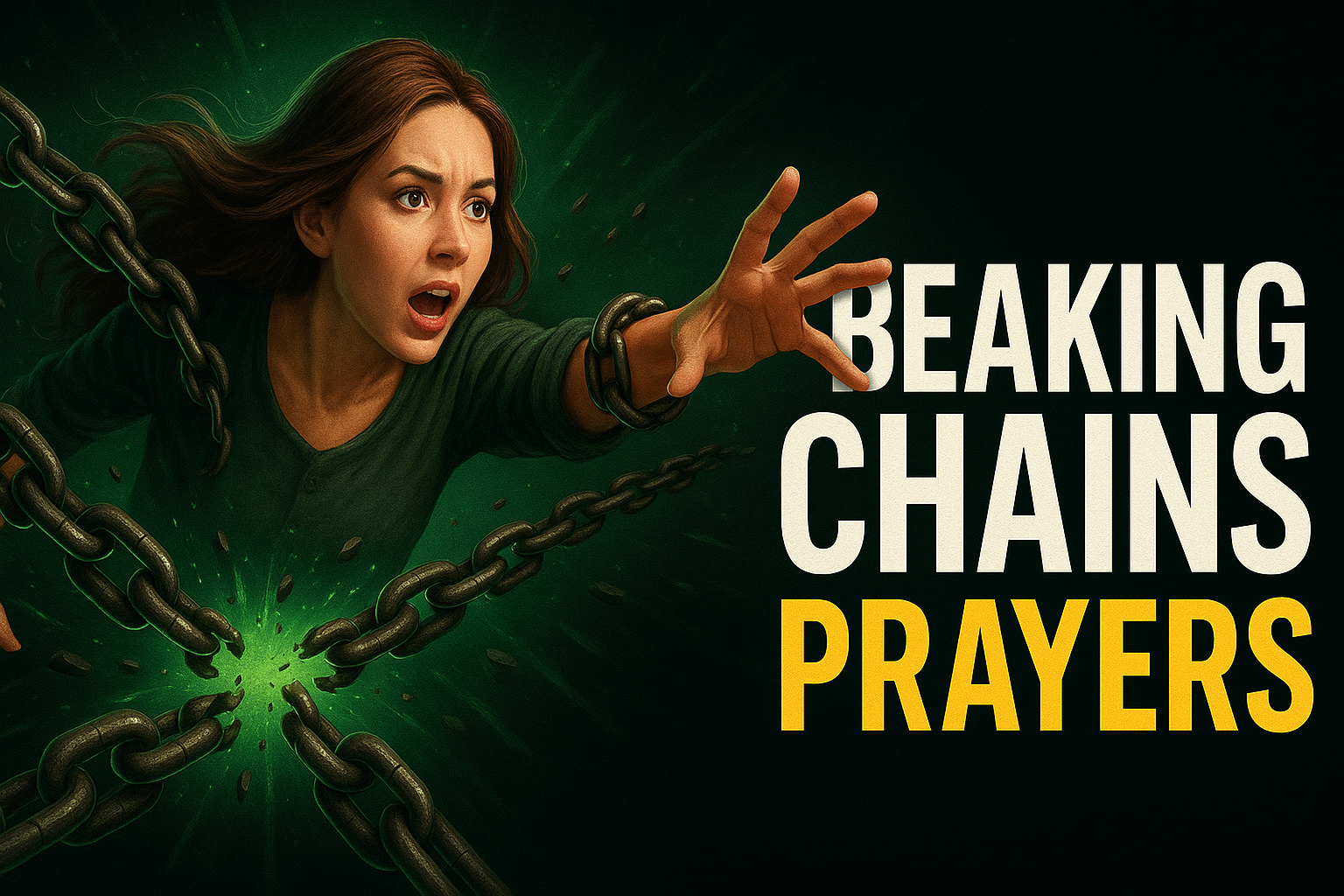
Okay, here’s the expanded question: I’ve been feeling increasingly anxious lately, and I’m worried about potentially having a panic attack. I’ve read some articles about them, but I’m finding it hard to differentiate between general anxiety symptoms and the specific physical manifestations of a full-blown panic attack. I want to be able to recognize when a panic attack is starting so I can try to manage it. Could you provide a detailed list of the physical symptoms associated with panic attacks, including less common or surprising ones? Also, can you explain how these symptoms might feel to someone experiencing them, and how they differ from similar symptoms caused by other conditions (like a heart attack or a hyperventilation episode from a non-panic related cause)? Essentially, I’m looking for a comprehensive guide to identifying the physical symptoms of panic, described in a way that allows me to accurately differentiate them from other potential health concerns.
Answer
Physical symptoms of panic can be intense and mimic serious medical conditions, leading to a feeling of losing control or impending doom. Recognizing these symptoms is the first step in managing panic attacks. Here’s a comprehensive list of common physical manifestations:
Cardiovascular:
- Pounding Heart/Palpitations: A racing, fluttering, or noticeably strong heartbeat. This is often one of the most alarming symptoms.
- Chest Pain or Discomfort: This can range from a sharp, stabbing pain to a dull ache or a feeling of pressure or tightness in the chest. It’s crucial to rule out cardiac issues, but during a panic attack, it’s related to muscle tension and adrenaline release.
- Increased Heart Rate: A rapid increase in heart rate, often disproportionate to the situation.
- Lightheadedness or Dizziness: A feeling of being unsteady, faint, or like the room is spinning. This can be due to hyperventilation or changes in blood pressure.
Respiratory:
- Shortness of Breath/Difficulty Breathing (Dyspnea): A sensation of not being able to get enough air, feeling suffocated, or gasping for breath.
- Hyperventilation: Rapid and shallow breathing, which can lead to a decrease in carbon dioxide levels in the blood and contribute to other symptoms.
- Choking Sensation: A feeling that something is stuck in the throat or that you are unable to swallow properly.
Neurological:
- Trembling or Shaking: Involuntary shaking of the hands, legs, or entire body. This is caused by the release of adrenaline.
- Sweating: Excessive sweating, often described as cold sweats, even in a cool environment.
- Numbness or Tingling: A pins-and-needles sensation, typically in the hands, feet, or face (paresthesia). This is related to changes in blood flow and nerve function due to hyperventilation.
- Headache: Tension headaches are common during or after a panic attack.
- Dizziness or Lightheadedness: As previously mentioned, can contribute to a feeling of unreality.
Gastrointestinal:
- Nausea: A feeling of sickness or wanting to vomit.
- Stomach Upset/Abdominal Cramps: Stomach pain, cramping, or digestive discomfort.
- Dry Mouth: A decrease in saliva production, leading to a dry feeling in the mouth.
Thermoregulatory:
- Chills: Sudden feelings of coldness, even when the surrounding environment is warm.
- Hot Flashes: Sudden feelings of intense heat, particularly in the face, neck, and chest.
Other:
- Muscle Tension: Tightness or stiffness in the muscles, particularly in the neck, shoulders, and back.
- Weakness: A feeling of physical weakness or fatigue.
- Blurry Vision: Temporary vision changes.
- Feeling of Unreality (Derealization): A sense that the world around you is not real.
- Feeling Detached from Yourself (Depersonalization): A sense of being outside of your own body or observing yourself from a distance.
Recognizing Panic Attack Symptoms:
- Sudden Onset: Panic attacks typically come on suddenly and peak within a few minutes (usually around 10 minutes).
- Intense Fear or Discomfort: The physical symptoms are accompanied by overwhelming fear, anxiety, or a sense of impending doom.
- Recurring Pattern: While a single panic attack can occur, if you experience these symptoms repeatedly and unexpectedly, it may indicate a panic disorder.
- Absence of External Threat: The symptoms occur even when there is no real danger present.
- Rule Out Medical Conditions: It’s crucial to consult a doctor to rule out any underlying medical conditions that could be causing similar symptoms, such as heart problems, thyroid issues, or respiratory problems.
Understanding these physical symptoms and how they manifest is crucial for recognizing panic attacks in yourself or others. While the symptoms are frightening, remember that they are temporary and not life-threatening. Seeking professional help from a therapist or psychiatrist can provide effective strategies for managing and overcoming panic disorder.
Pray This Prayer
Dear God, Source of all comfort and peace,
I come to you with a heart heavy with anxiety. I am seeking clarity and strength to understand the storms that sometimes rage within me. I feel lost and afraid, uncertain of the physical sensations that suddenly grip me.
Lord, I ask for your guidance to understand: What are the physical symptoms of panic and how can I recognize them? Help me to understand the racing heartbeat, the shortness of breath, the dizziness, the sweating, the trembling, the nausea, the chest pain, the numbness or tingling, the feeling of detachment from reality. Show me that these are often signs of panic, a physiological response to overwhelming stress, and not necessarily something life-threatening.
Grant me the wisdom to recognize these symptoms when they arise, not with fear, but with understanding. Help me to remember that I am not alone in this struggle.
Give me the courage to face these moments, to breathe deeply, to ground myself in the present, and to call upon your unwavering presence. Help me to find healthy coping mechanisms, to seek support from loved ones, and to embrace professional help when needed.
Thank you, Lord, for your listening ear and your loving grace. Grant me the peace that surpasses all understanding, and guide me towards a path of healing and wholeness.
Amen.
